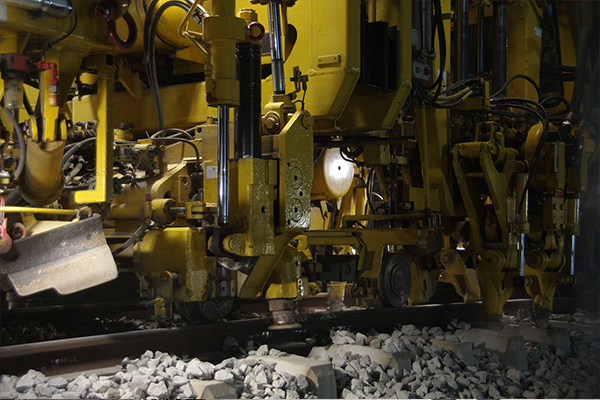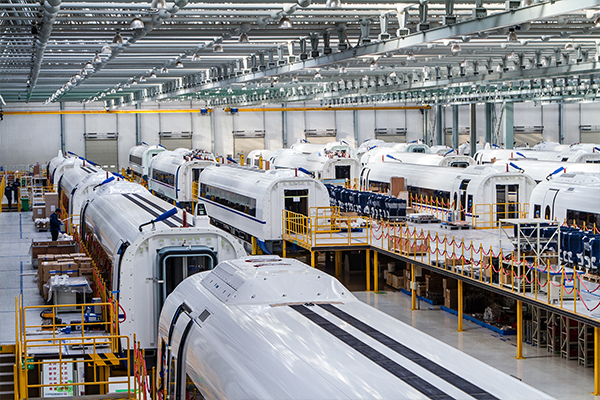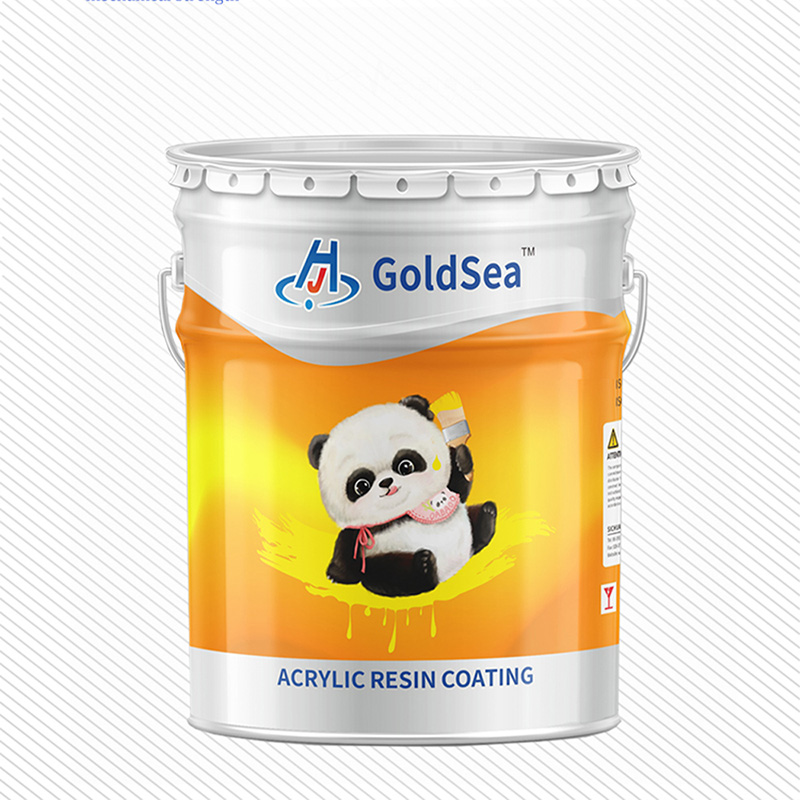Characteristics of YC-8102 High-Temperature Sealed Anti-Oxidation Nano-Composite Ceramic Coating (Light Yellow)
Product components and appearance
(Single-component ceramic coating
Pale yellow liquid
Applicable substrate
Carbon steel, stainless steel, cast iron, aluminum alloy, titanium alloy, high-temperature alloy steel, refractory insulating bricks, insulating fibers, glass, ceramics, high-temperature castables can all be used on the surfaces of other alloys.

Applicable temperature
The maximum temperature resistance is 1400℃, and it is resistant to direct erosion by flames or high-temperature gas flows.
The temperature resistance of the coating will vary accordingly depending on the temperature resistance of different substrates. Resistant to cold and heat shock and thermal vibration.
Product features
1. Nano-coatings are single-component, environmentally friendly, non-toxic, easy to apply and have stable performance.
2. The coating is dense, anti-oxidation, acid and alkali resistant, and resistant to high-temperature corrosion.
3. Nano-coatings have good penetration power. Through penetration, coating, filling, sealing and film formation, they ultimately achieve three-dimensional stable sealing and anti-oxidation.
4. It has good film-forming performance and can form a dense film layer.
5. The coating is resistant to high-temperature cold and heat shock, has good thermal shock resistance, and has undergone water cooling tests more than 20 times (resistant to cold and heat exchange, the coating does not crack or peel off).
6. The adhesion of the coating is greater than 5 MPa.
7. Other colors or other properties can be adjusted according to customer requirements.
Application fields
1. Metal surface, glass surface, ceramic surface;
2. Graphite surface sealing and anti-oxidation, high-temperature coating surface sealing and anti-corrosion;
3. Graphite molds, graphite components;
4. Boiler components, heat exchangers, radiators;
5. Electric furnace accessories and electrical components.
Usage method
1. Paint preparation: After stirring or shaking well, it can be used after being filtered through a 300-mesh filter screen. Base material cleaning: After degreasing and removing grease, it is recommended to carry out sandblasting to enhance the surface effect. The best sandblasting effect is achieved with 46-mesh corundum (white corundum), and it is required to reach Sa2.5 grade or above. Coating tools: Use clean and dry coating tools to ensure there is no water or other impurities adhering to them, so as not to affect the coating effect or even cause defective products.
2. Coating method: Spraying: Spray at room temperature. It is recommended to control the spraying thickness within 50 to 100 microns. Before spraying, the workpiece after sandblasting should be cleaned with anhydrous ethanol and dried with compressed air. If sagging or shrinkage occurs, the workpiece can be preheated to about 40℃ before spraying.
3. Coating Tools: Use a spray gun with a diameter of 1.0. A small-diameter spray gun has a better atomization effect and a more ideal spraying result. An air compressor and an air filter need to be equipped.
4. Coating curing: After the spraying is completed, let the workpiece naturally surface dry for about 30 minutes, then place it in an oven and keep it at 280 degrees for 30 minutes. After cooling, it can be taken out for use.

Unique to Youcai
1. Technical stability
After rigorous testing, the aerospace-grade nanocomposite ceramic technology process remains stable under extreme conditions, resistant to high temperatures, thermal shock and chemical corrosion.
2. Nano-dispersion technology
The unique dispersion process ensures that the nanoparticles are evenly distributed in the coating, avoiding agglomeration. Efficient interface treatment enhances the bonding between particles, improving the bonding strength between the coating and the substrate as well as the overall performance.
3. Coating controllability
Precise formulations and composite techniques enable the coating performance to be adjustable, such as hardness, wear resistance and thermal stability, meeting the requirements of different applications.
4. Micro-nano structure characteristics:
Nanocomposite ceramic particles wrap micrometer particles, fill the gaps, form a dense coating, and enhance compactness and corrosion resistance. Meanwhile, nanoparticles penetrate the surface of the substrate, forming a metal-ceramic interphase, which enhances the bonding force and overall strength.
Research and development principle
1. Thermal expansion matching issue: The thermal expansion coefficients of metal and ceramic materials often differ during heating and cooling processes. This may lead to the formation of microcracks in the coating during the temperature cycling process, or even peeling off. To address this issue, Youcai has developed new coating materials whose coefficient of thermal expansion is closer to that of the metal substrate, thereby reducing thermal stress.
2. Resistance to thermal shock and thermal vibration: When the metal surface coating rapidly switches between high and low temperatures, it must be able to withstand the resulting thermal stress without damage. This requires the coating to have excellent thermal shock resistance. By optimizing the microstructure of the coating, such as increasing the number of phase interfaces and reducing the grain size, Youcai can enhance its thermal shock resistance.
3. Bonding strength: The bonding strength between the coating and the metal substrate is crucial for the long-term stability and durability of the coating. To enhance the bonding strength, Youcai introduces an intermediate layer or transition layer between the coating and the substrate to improve the wettability and chemical bonding between the two.
















